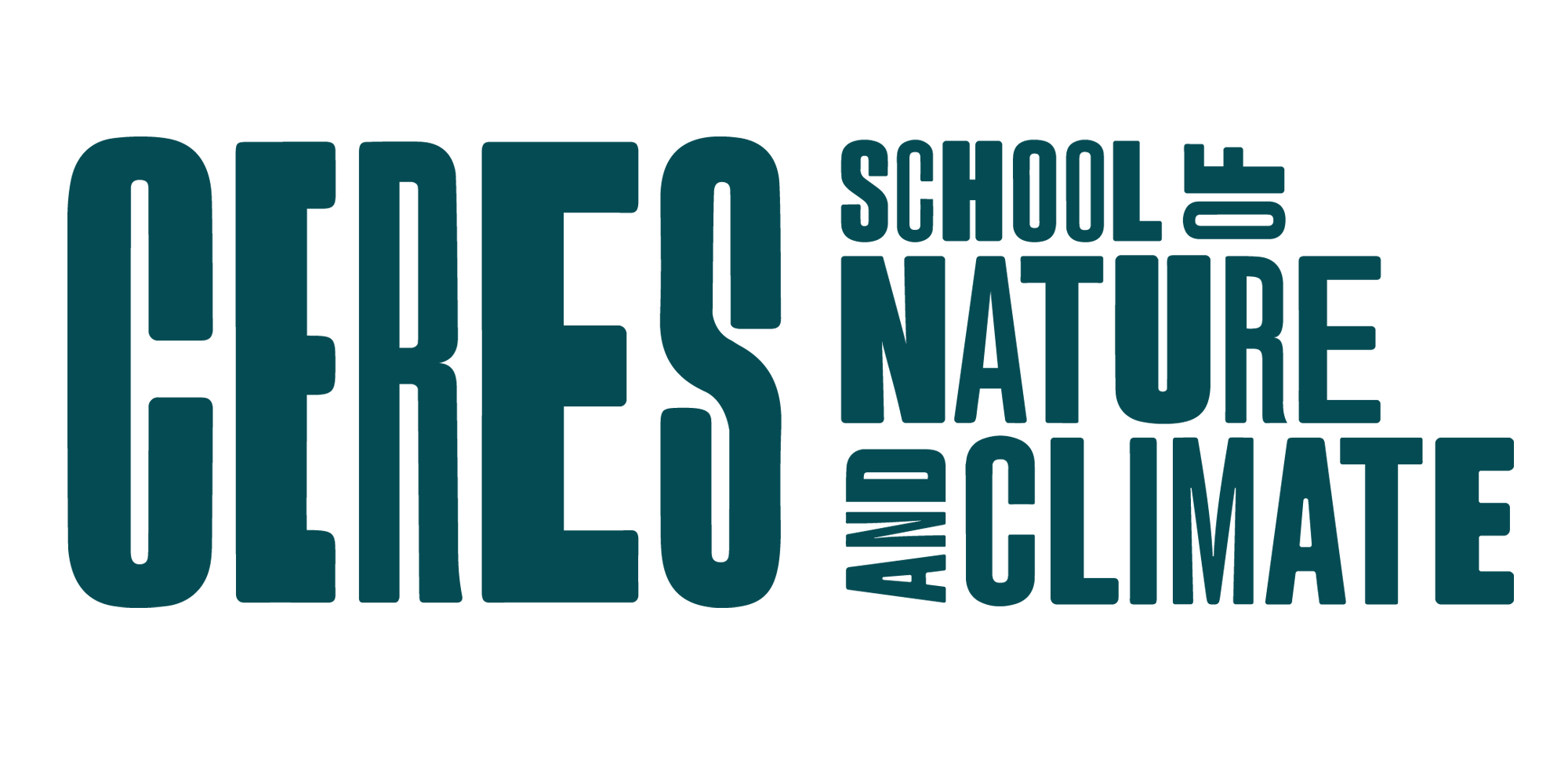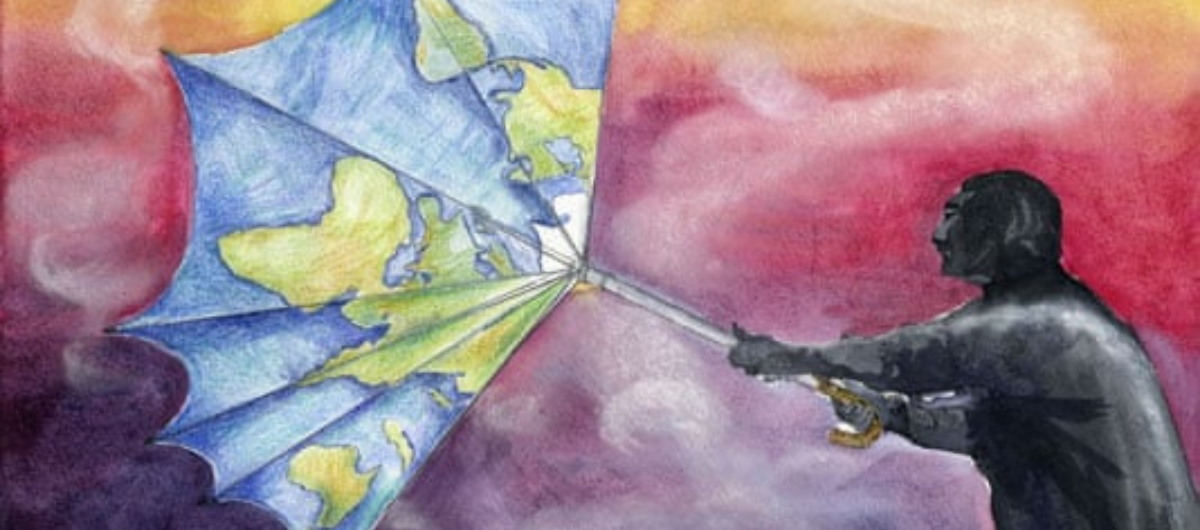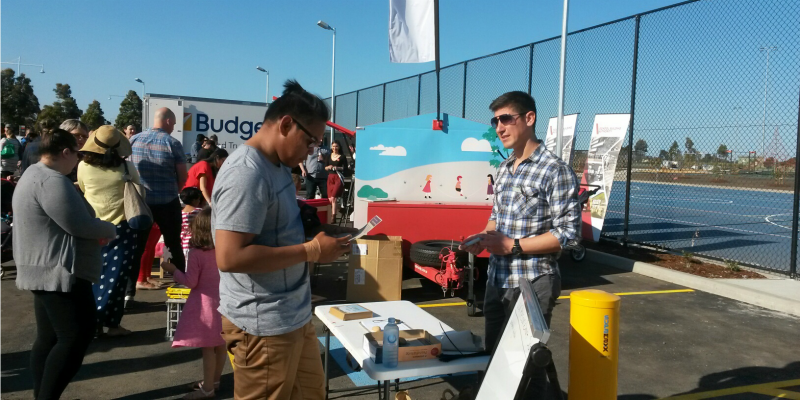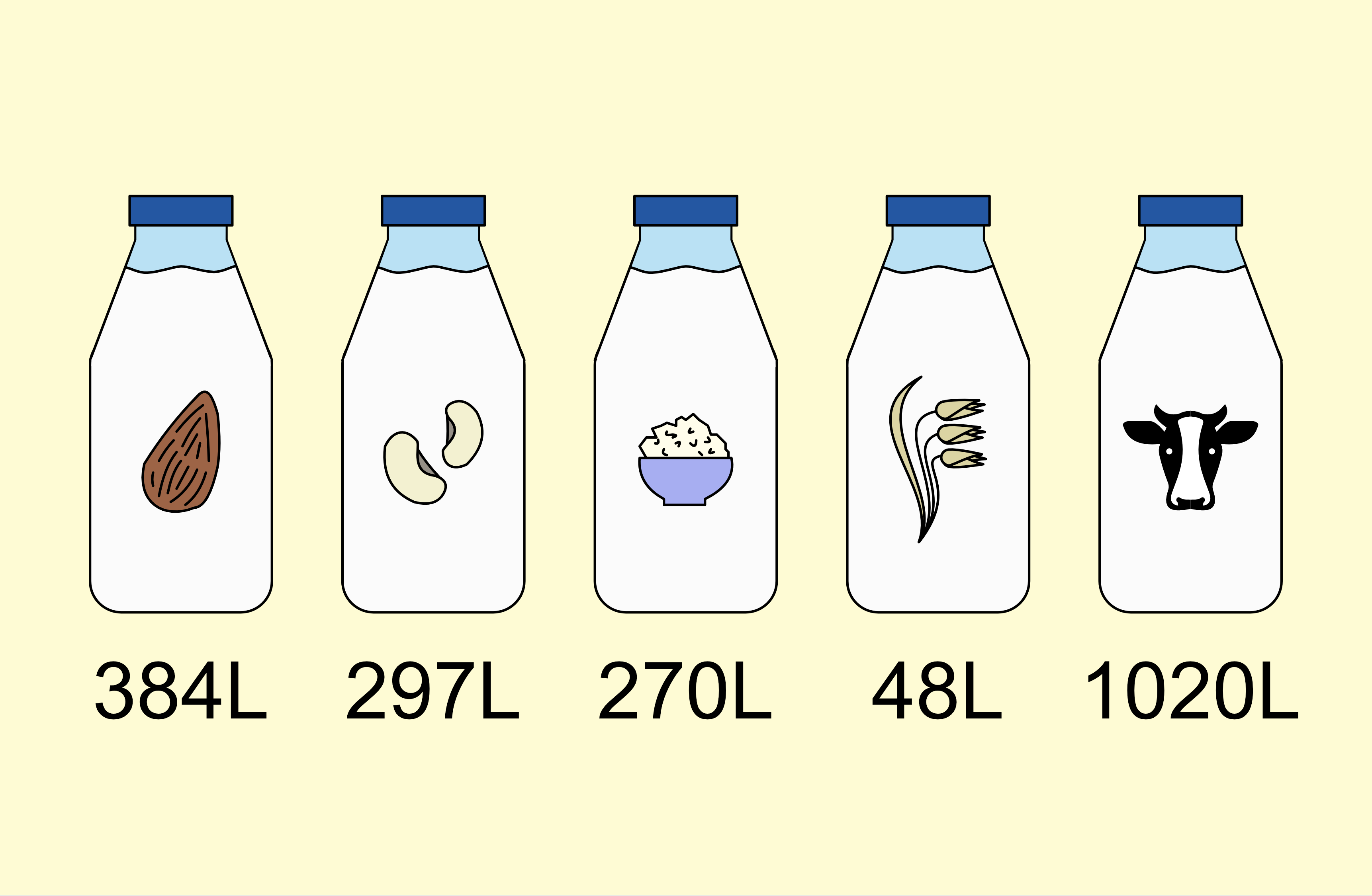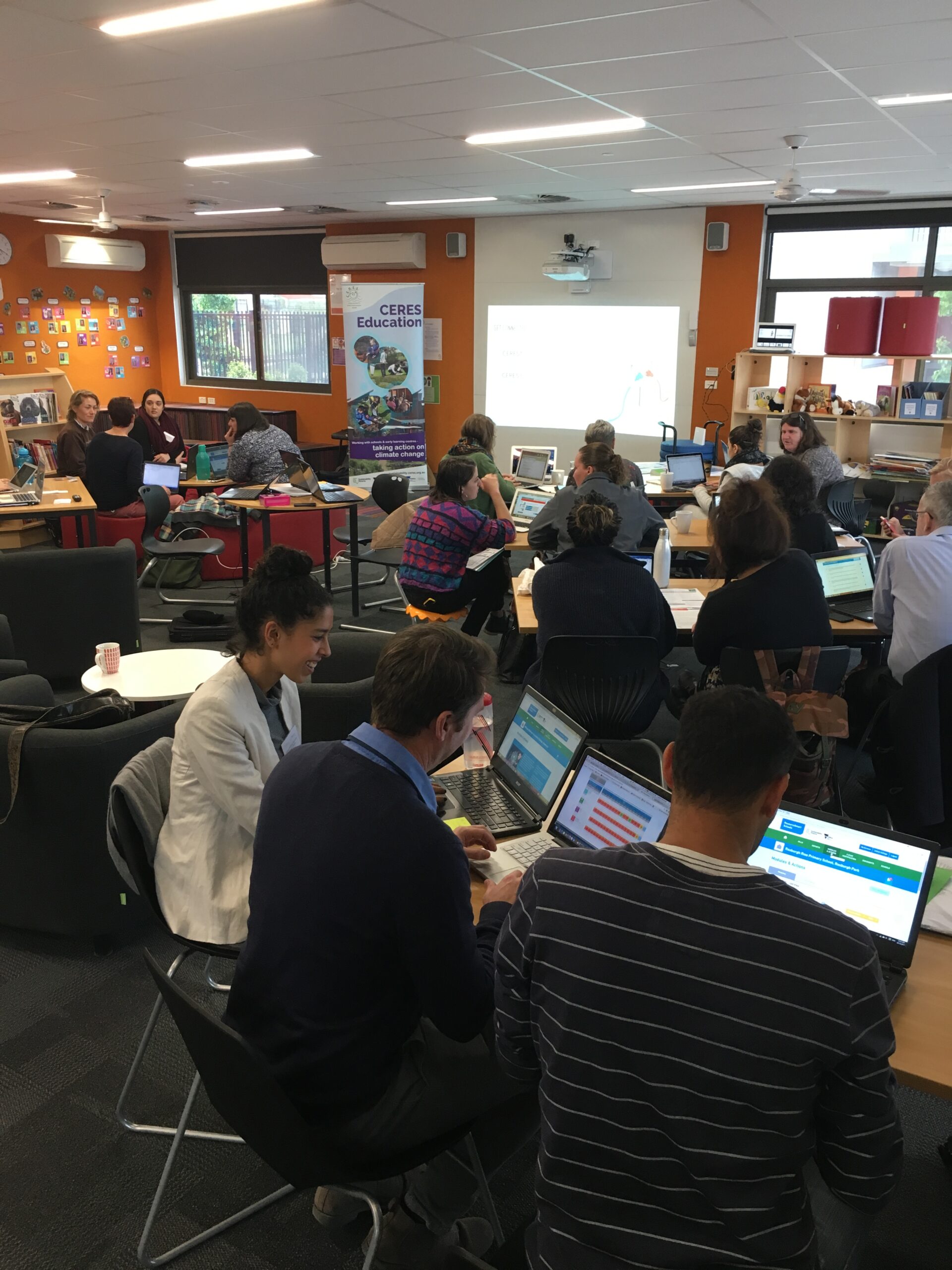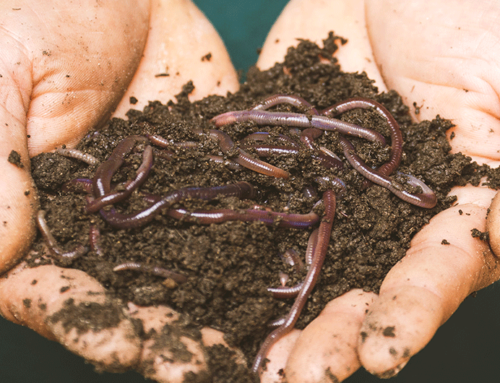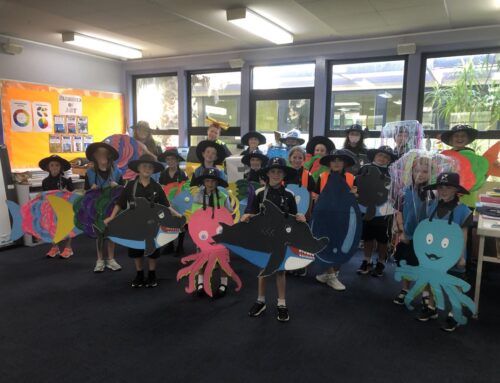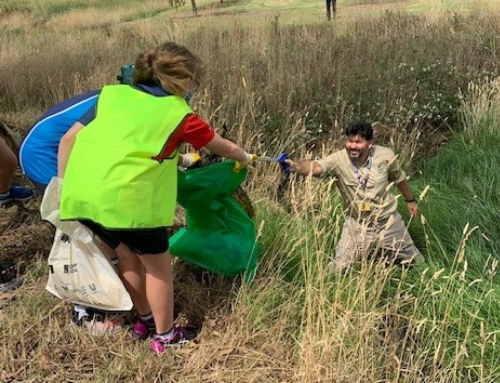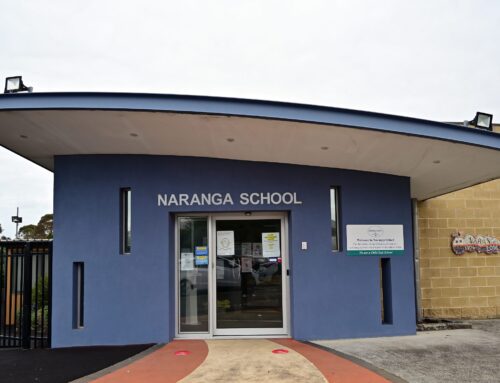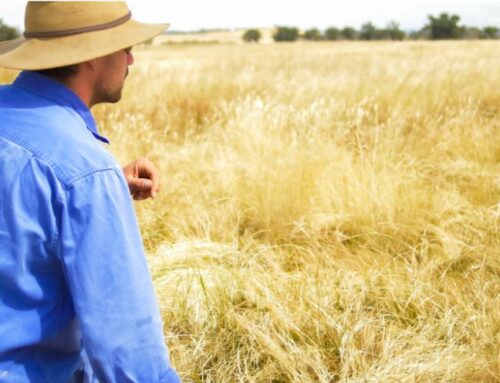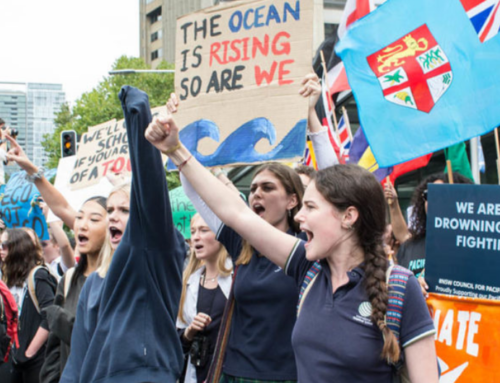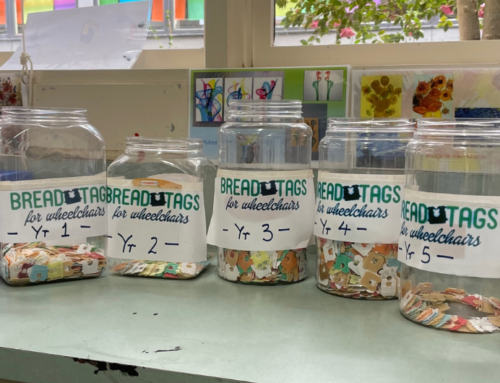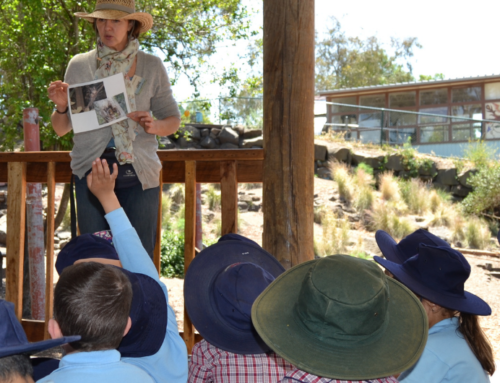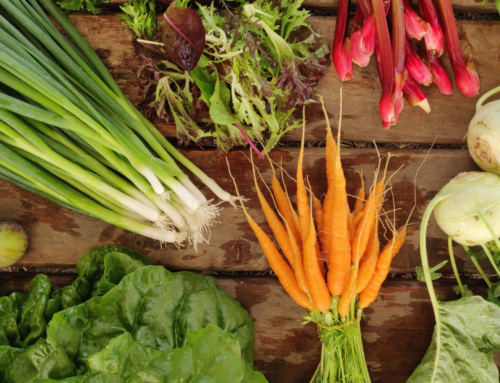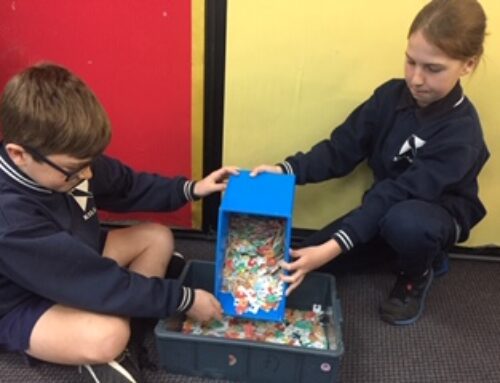Our Say: Finding innovations in the merging of solutions
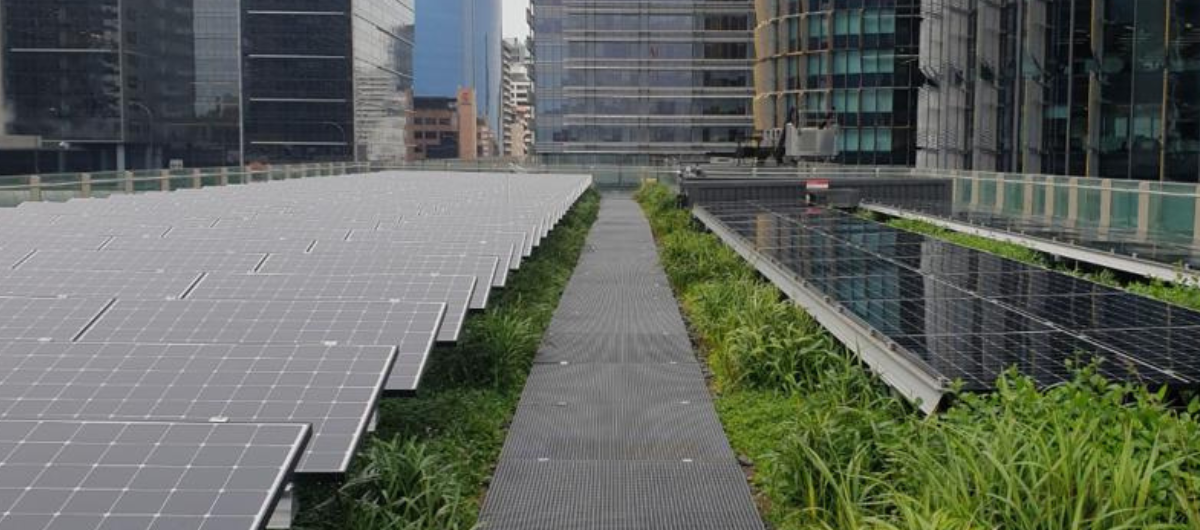
(Image source: University of Technology Sydney)
Written by Adrian Black
Student Programs Coordinator and Educator
I would like to acknowledge the traditional custodians of the land of which this article was written; the Wurundjeri Woi-wurrung people of the Kulin nation. I’d like to pay my respects to their elders, past, present and emerging. I also recognise their continuing connection to land, water and culture.
To address the climate and ecological crisis, it is essential that we value and support First Nations knowledge of country, their deep understanding of biodiversity, land, water and resources, and how best to manage them.
I recently reflected on my past seven years as an environmental educator. I myself have changed immensely over the past seven years, expanding my understanding of the climate crisis and increasing my knowledge of how to communicate it with young people. As much as I have changed, so too has the world around me. The degradation of the natural world has forced many to create new technologies and climate solutions, at a pace which, although necessary, may itself be unsustainable. Over the past three years I have found myself taking moments to reflect on what I have, and appreciate the people I’m surrounded by. Perhaps instead of finding new solutions, could we take a moment to reflect on the ones we already have, and find innovations there? Could we take stock of what we already have and begin to enhance the solutions and ideas by finding connections between them?
In the pursuit to become a climate focused society, truly inspiring moments come from integrating current solutions as a means to find further innovations, rather than how fast technology is progressing to advance current ones. Consequently, we stop ourselves from categorising and labeling solutions focused on energy, waste, or water, and start highlighting solutions which align with a natural system, within a natural system.
Researchers from the University of Technology Sydney partnered with the City of Sydney Council to trial if photovoltaic (PV) solar panels would increase their efficiency if installed on a green roof, or on top of plants and foliage. The result was a resounding yes! Solar (PV) panels absorb light from the sun and transform it into energy providing an exceptional source of renewable energy. However as the sun also provides heat energy, the light heats up the panel too. Unfortunately, solar (PV) panels operate efficiently at certain temperatures – which are not too hot. And with the Australian sun beating down on them, it can be tricky to absorb the light, and not the heat.
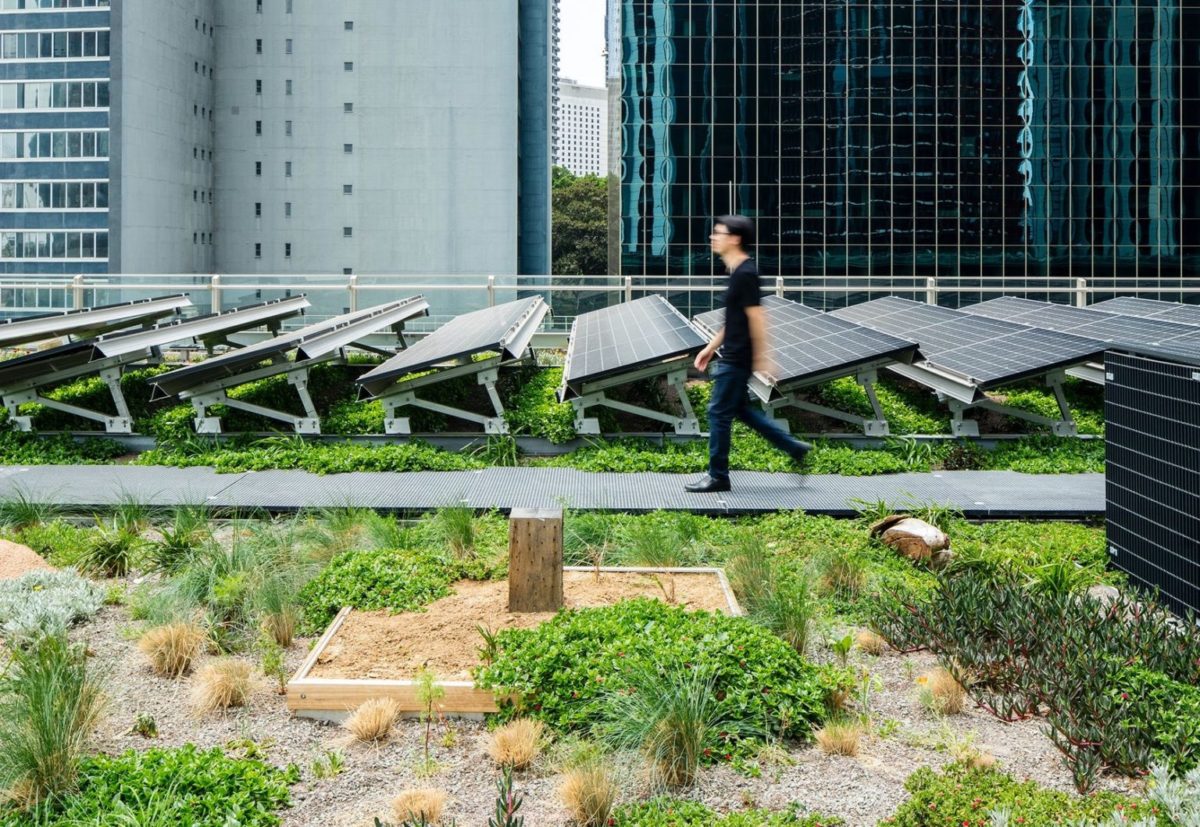
(Image source: Clean Energy Council)
Green roofs or rooftop plantings capitalise on the space atop buildings to plant various grasses, flowers and foliage. As the plants need a substantial amount of soil to grow in, the green roof becomes an excellent insulator for the building, and sequesters carbon at the same time.
Researchers paired the limitations of the solar (PV) panels with the advantages of green roofs and were pleasantly surprised. During peak times the panels increased their efficiency by as much as 20%, and by 3.6% over the length of the experiment. Just like for the buildings themselves, the green roof insulated the solar panel by absorbing the excess heat, and by doing so allowed the panel to maintain a lower temperature during their operation.
Jock Gammon from the company that installed the green roof said “[3.6%] doesn’t sound like a lot but with solar panels at the moment to even get a one or two percent increase is a big deal.” On top of the increase in solar efficiency, the experiment also saw an increase in insects, birds and native bees to the roof and provided an additional green space for the community to enjoy.
(Image source: permacultureprinciples.com)
Focusing on the interactions between solutions and ideas is a concept rooted in permaculture. David Holmgren’s 11th permaculture principle says ‘use edges and value the marginal’. He writes;
“The interface between things is where the most interesting events take place. These are often the most valuable, diverse and productive elements in the system.”
We often find ourselves categorising, labeling and placing ideas and thoughts into little boxes so they fit neatly into our understanding of the world. However, when we do this we limit our perspective, forcing ourselves to see things as singular ideas rather than ideas existing within a system of limitless concepts and processes. Ecosystems by definition are about how living and non-living things interact with each other, as those interactions create the system itself.
So, how do we further innovate and continue to hold this mindset of merging ideas and solutions? I believe it’s about how we understand natural processes. Rather than seeing solar panels as a way to generate electricity, perhaps we can change our perspective to how they interact with the environment around them. How do they provide shade? Do they produce condensation due to their change in temperature? Perhaps then solar farms could be placed on livestock farms rather than barren land. This would give livestock shade during hot months and the condensation would provide water for plants to grow under the panels, reducing feed costs for farmers, like Sundrop Farms in South Australia.
For this way of thinking to work on a scale large enough to have real, measurable impact, we must consult with and be guided by the Indigenous communities. Their deep knowledge of country is embedded within their culture, and as the oldest living culture in the world, natural systems can be restored under their custodianship. The climate crisis is not only an environmental crisis but a social crisis, as we are seeing across the globe. In supporting Aboriginal and all First Nations communities to lead conversations, policies and management of country we understand the knowledge passed down through thousands of generations to respect the land and people. Perhaps the merging of ideas and solutions to innovate can start with the coming together of white and Indigenous Australians. With a treaty, an apology and a commitment to support culture, community and country.

